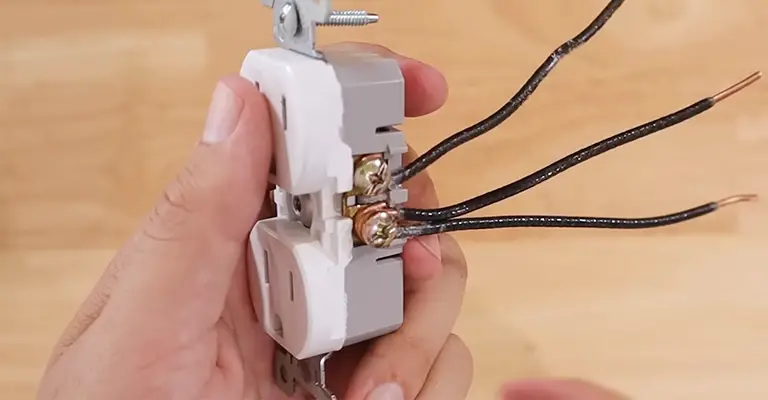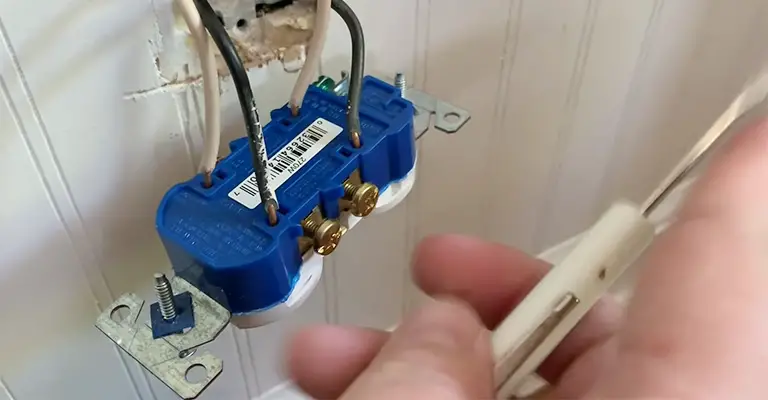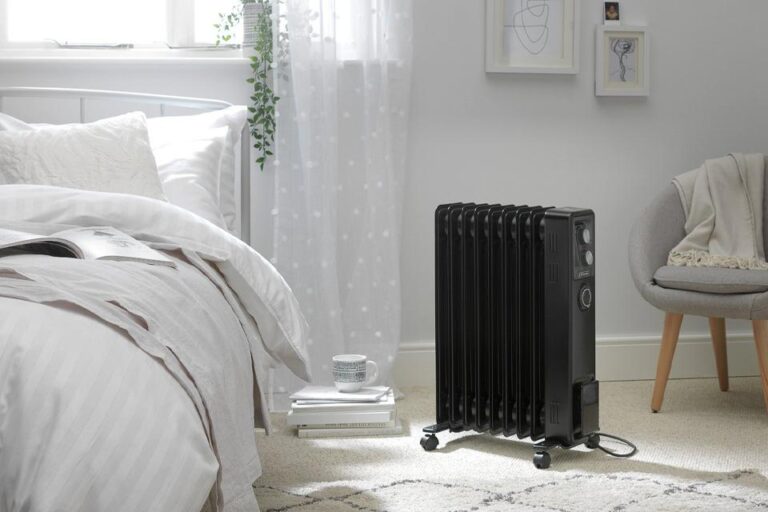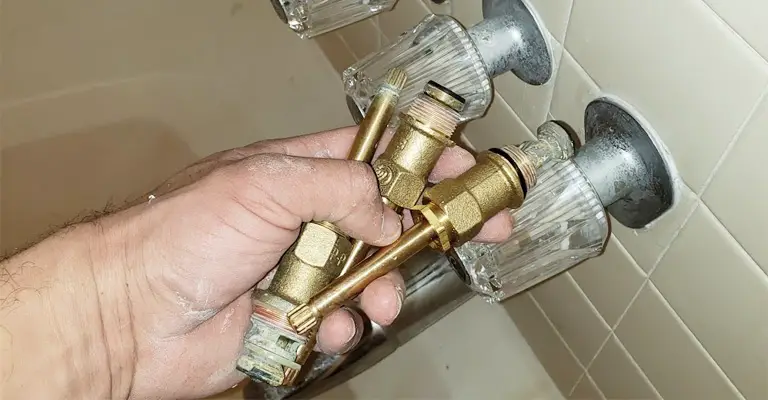How Much Does it Cost to Change a 2 Prong Outlet to 3 Prong Outlet?
If you live in an older home with two-prong outlets, you might be wondering how to upgrade them to three-prong outlets that can accommodate modern appliances and devices.
In this blog post, we will explain the benefits and challenges of changing your outlets, how much does it cost and offer some tips on how to do it safely and affordably.
Why Change Your Outlets?
Between two prong of a two prong outlet, One for the hot wire and one for the neutral wire. They do not have a third slot for the ground wire, which provides a path for excess current to flow back to the earth in case of a short circuit or a power surge. Without a ground wire, you and your appliances are at risk of electric shock, fire, or damage.
Three-prong outlets have three slots, one for the hot wire, one for the neutral wire, and one for the ground wire.
They are safer and more compatible with modern appliances and devices that require a ground connection. Some examples are computers, TVs, microwaves, hair dryers, and power tools.
How to Change Your Outlets?
There are two main ways to change your two-prong outlets to three-prong outlets:
Rewiring or Installing GFCI Receptacles

Rewiring involves running a new ground wire from the outlet box to the main electrical panel. This is the most reliable and permanent solution, but also the most expensive and labor intensive too.
You will need to hire a licensed electrician to do this work, as it involves
- opening up walls, ceilings, or floors
- and complying with local codes and regulations
Installing GFCI (ground fault circuit interrupter) receptacles involves replacing your old outlets with special ones that can detect and interrupt ground faults. This is a cheaper and easier solution, but also less effective and more limited.
You can do this work yourself if you are comfortable with basic electrical tasks, or hire an electrician to do it for you.
GFCI receptacles protect you from electric shock by cutting off the power when they sense an imbalance in the current flow.
However, they do not provide a true ground connection for your appliances and devices.
This means that sensitive electronics may still be damaged by power surges or interference.
You will also need to label your GFCI receptacles as “No Equipment Ground” to indicate that they are not grounded.
What to Consider Before Changing Your Outlets?

Before you decide to change your outlets, you should consider some factors that may affect your choice of method and cost.
- The age and condition of your wiring. If your wiring is old, damaged, or not up to code, you may need to rewire your entire home or circuit instead of just changing your outlets.
- The number and location of your outlets. If you have many outlets or they are hard to access, you may need more time and materials to complete the job.
- The type and size of your outlet box. If your outlet box is metal and connected to armored cable (BX), it may already be grounded through the cable’s metal jacket. You can test this by using a circuit tester or a multimeter. If your outlet box is grounded, you can simply replace your old outlet with a standard three-prong outlet and connect the ground wire to the box. If your outlet box is plastic or not grounded, you will need to use one of the methods described above.
- The type and purpose of your appliances and devices. If you use appliances and devices that require a ground connection for safety or performance reasons, you should opt for rewiring instead of installing GFCI receptacles.
How Much Does It Cost to Change Your Outlets?

The cost of changing your outlets depends on several factors, such as:
- The method you choose: rewiring or installing GFCI receptacles.
- The number of outlets you want to change.
- The complexity of the job: how easy or hard it is to access and work on your wiring and outlet boxes.
- The rates of the electrician you hire (if you hire one).
According to HomeAdvisor, the average cost of rewiring an outlet is between $150 and $250 per outlet, while the average cost of installing a GFCI receptacle is between $120 and $150 per outlet. These costs may vary depending on your location, project scope, and electrician’s experience.
How Much Does It Cost to Ground 3-Prong Outlets?

Grounding 3-prong outlets is a common electrical upgrade that can improve the safety and functionality of your home.
The cost of grounding 3-prong outlets depends on several factors, such as
- the number of outlets,
- the location of the outlets
- the condition of the existing wiring
- and the availability of a grounding source.
According to HomeAdvisor, the average cost of grounding 3-prong outlets ranges from $100 to $250 per outlet, with a national average of $165 per outlet.
However, this cost may vary depending on your specific situation and local rates.
Therefore, it is advisable to get at least three quotes from licensed electricians before hiring one for this project.
Can I install a 3-prong outlet without ground?

Installing a 3-prong outlet without ground is not recommended and may violate the electrical code in your area. A 3-prong outlet is designed to have a hot, a neutral and a ground wire, which provides protection from electric shock and fire hazards.
If you install a 3-prong outlet without ground, you are creating an unsafe situation that could harm you or your appliances.
The proper way to install a 3-prong outlet is to connect it to a grounded metal box or a grounding conductor that runs back to the main panel. If you are not sure how to do this, you should consult a licensed electrician or call your local building department for guidance.
Are 3-prong outlets better than 2?
This is a common question that many people have when they are upgrading their electrical wiring or buying new appliances.
The answer is not so simple, as it depends on several factors, such as
- the age
- The condition of your wiring
- the type and power of your appliances
- and the safety standards in your area
Generally speaking, 3-prong outlets are better than 2-prong outlets because of the following.
The thrid wire
they provide a third wire, called the ground wire, that connects to the metal casing of your appliances and protects them from electrical surges and shocks.
Reduces the risk of fire
The ground wire also reduces the risk of fire and electrocution in case of a short circuit or a faulty appliance. However, not all appliances need a ground wire, and some older homes may not have the proper wiring to support 3-prong outlets. In that case, you may need to hire an electrician to upgrade your wiring or use an adapter to plug in your 3-prong appliances into 2-prong outlets.
However, adapters are not recommended for high-power appliances or long-term use, as they can cause overheating and damage.
Conclusion
Changing your two-prong outlets to three-prong outlets can improve the safety and functionality of your home’s electrical system. However, it is not a simple or straightforward task.
You need to weigh the pros and cons of different methods, consider various factors that affect your project, and follow proper safety precautions. Whether you choose to do it yourself or hire a professional electrician, make sure you do it right and enjoy






